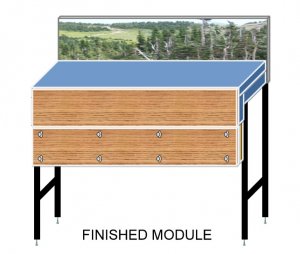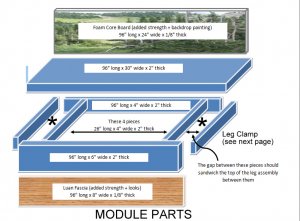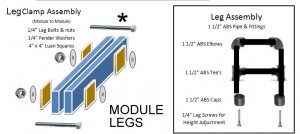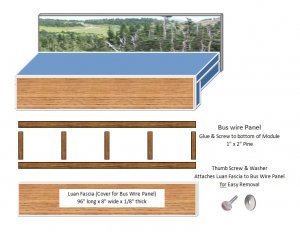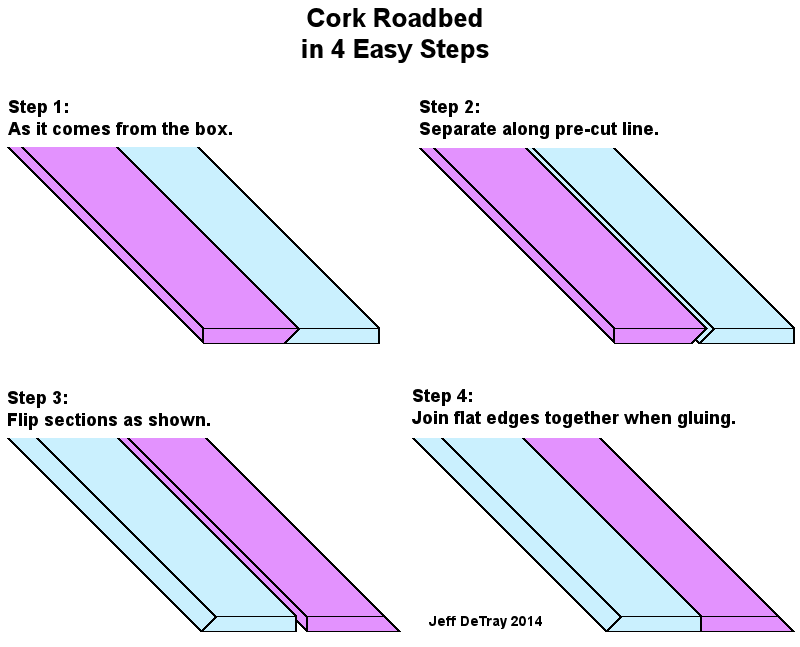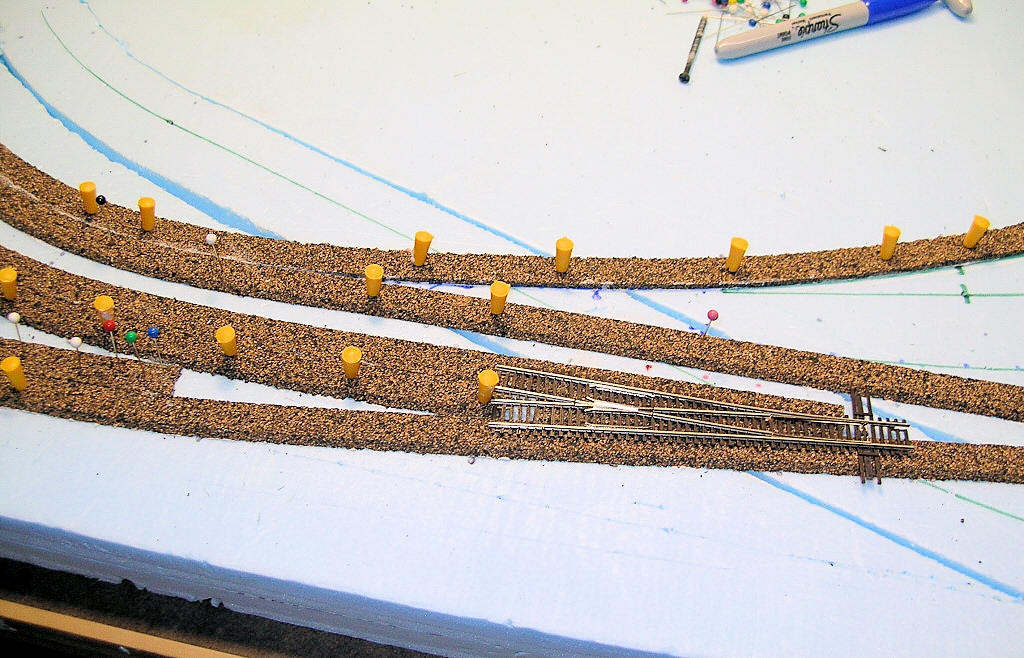Hi and I hope this is not a Question that I should have found.. I was online reading and watching Utube videos
and I need to know if I should put foam down on top of my layout top or just leave it wood?.
I thought that if I put the track on the foam it may allow the track to move. The foam cant be that strong??<
So please give me some info on starting me HO layout and I will listen to all the help and tips.
Also I was thinking of changing my 4x8 idea to a 4x8 with a larger end almost like an L shape.
Do you think that is a good idea? I have limited space and The larger end is a way to have a little bit
bigger layout!! Thank you for your help!
and I need to know if I should put foam down on top of my layout top or just leave it wood?.
I thought that if I put the track on the foam it may allow the track to move. The foam cant be that strong??<
So please give me some info on starting me HO layout and I will listen to all the help and tips.
Also I was thinking of changing my 4x8 idea to a 4x8 with a larger end almost like an L shape.
Do you think that is a good idea? I have limited space and The larger end is a way to have a little bit
bigger layout!! Thank you for your help!

